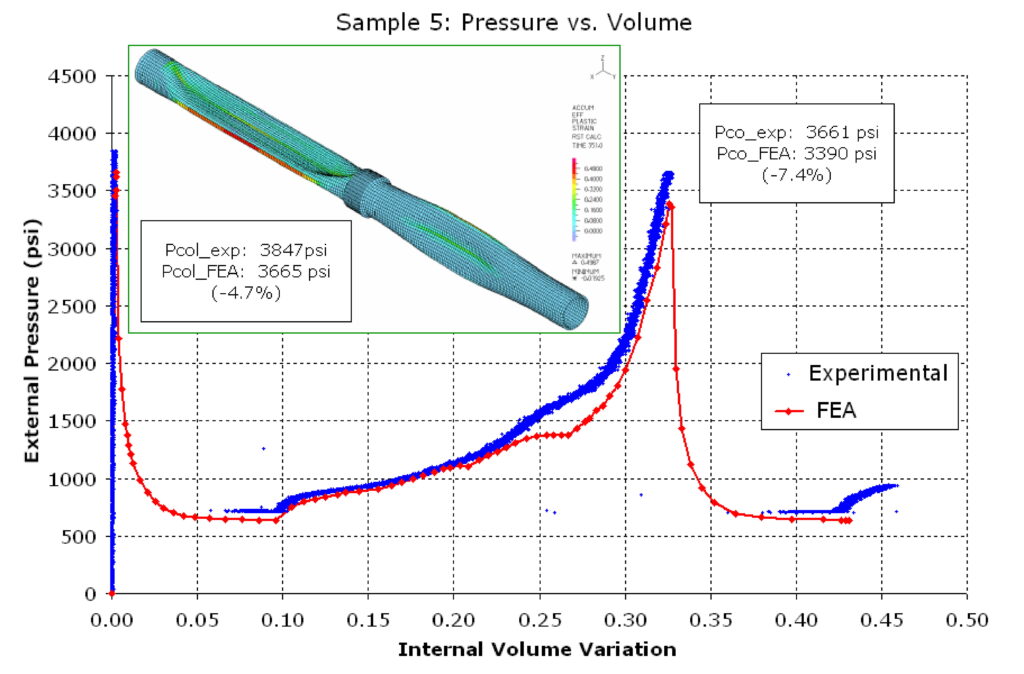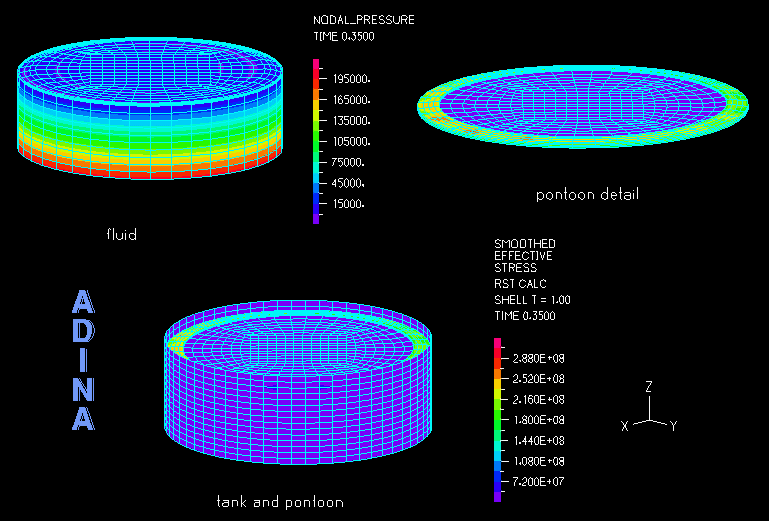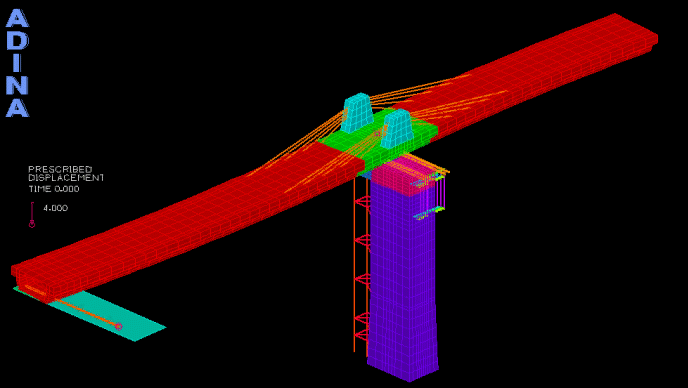The technologies we use today often evolve from mathematics and science procedures well known long before computers were available. Stress analysis among other functions needed to assure infrastructures, especially bridges and dams, are safe under all conditions can be done more accurately and quicker with the right computer application.
One of the foremost finite element analysis programs for infrastructure evaluation is ADINA (Automatic Dynamic Incremental Nonlinear Analysis) software. Civil, structural, and mechanical engineers choose ADINA for its authoritative veracity, including in analysis of buildings, bridges, stadiums, pressure vessels, dams, and tunnels. By virtue of the ADINA System’s integral robustness across disciplines, materials, and simulation domains (structures, mechanical, fluids, thermal, electromagnetic, and multi-physics), engineers use it to perform comprehensive safety and performance studies where reliability and resilience are of critical importance.

Watertown, Massachusetts-based ADINA R & D Inc. was founded in 1986 by Klaus-Jürgen Bathe, professor of mechanical engineering at the Massachusetts Institute of Technology and a world-renowned leader in the field of finite element analysis and its applications. Recently, ADINA was acquired by Bentley Systems, a major software developer in the infrastructure space.
Now, ADINA is being integrated with digital twin applications for even more impressive uses. With infrastructure digital twins, users can simulate the complete behavior of structures to create confidence in designs that are much safer and more cost-effective than those merely analyzed to meet prescribed code standards.
Of particular importance for infrastructure resilience, ADINA will also be applied within digital twins of existing infrastructure assets, now made practical by the Bentley iTwin platform, to simulate their responses and vulnerabilities to stresses so extreme that nonlinear effects must be considered—caused (for instance) by seismic, wind, flood, pressure, thermal, collision, or blast forces.

The ADINA System’s nonlinear simulation capabilities will become directly accessible, through convenient technical and commercial integration, to users of Bentley Systems’ comprehensive modeling and simulation software portfolio for infrastructure engineering. As the ADINA System’s nonlinear extensions are introduced to complement these existing physical simulation applications—currently spanning STAAD, RAM, SACS, MOSES, AutoPIPE, PLAXIS, LEAP, RM, LARS, SPIDA, and PLS—the scope of mainstream simulation underlying the engineering of infrastructure resilience will be enhanced. ADINA’s advantages also include advanced dynamics, 3D solid FEM, buckling, sub-structuring, and advanced meshing for critical joints and sections.
Want to tweet about this article? Use hashtags #construction #sustainability #infrastructure #cloud #edge


